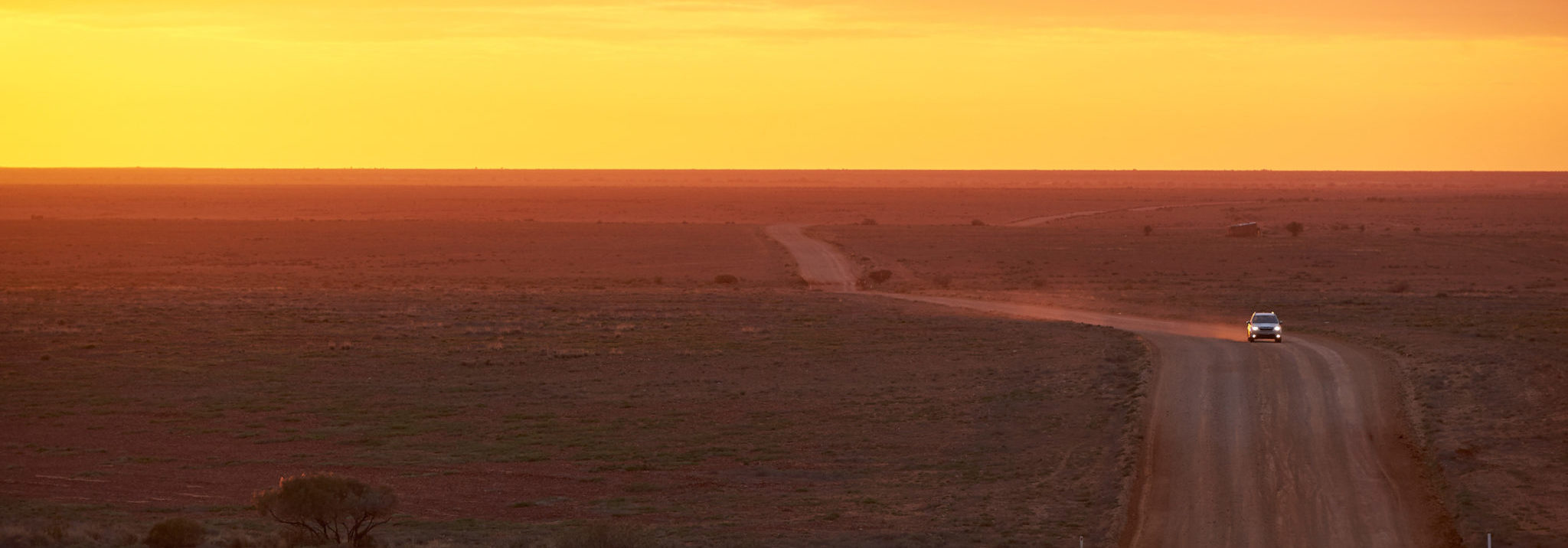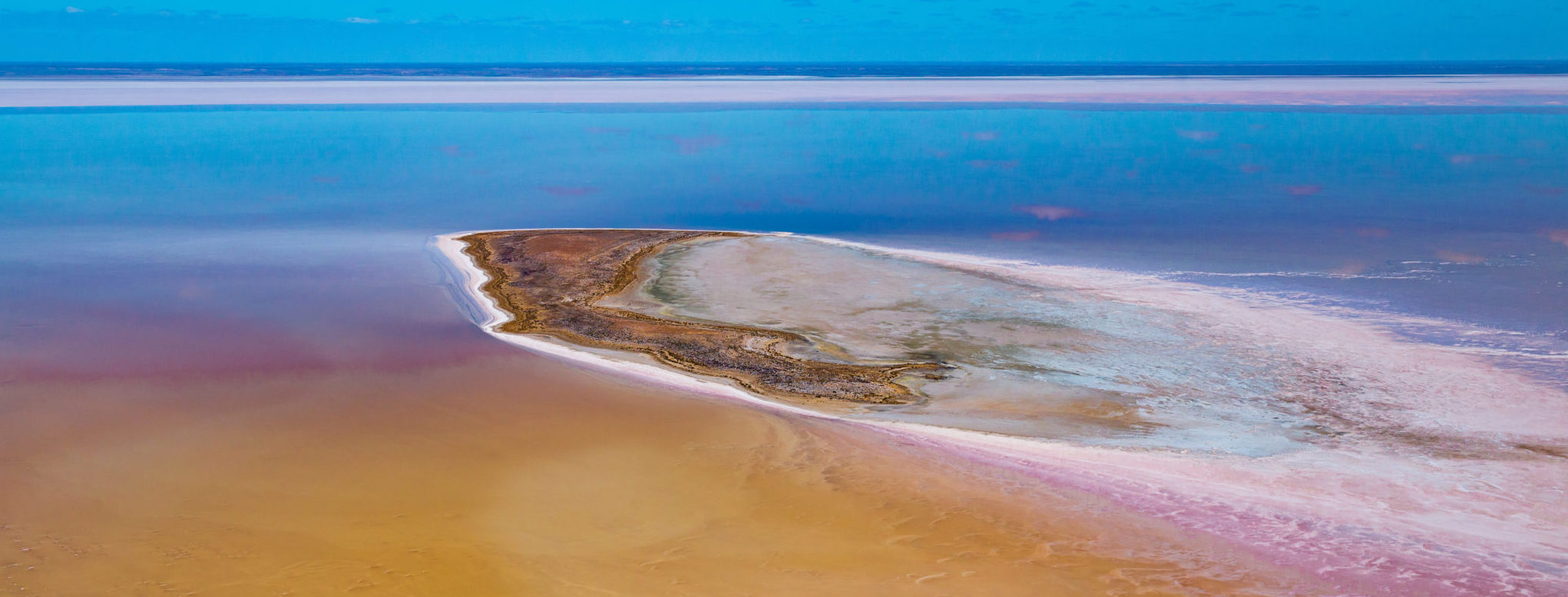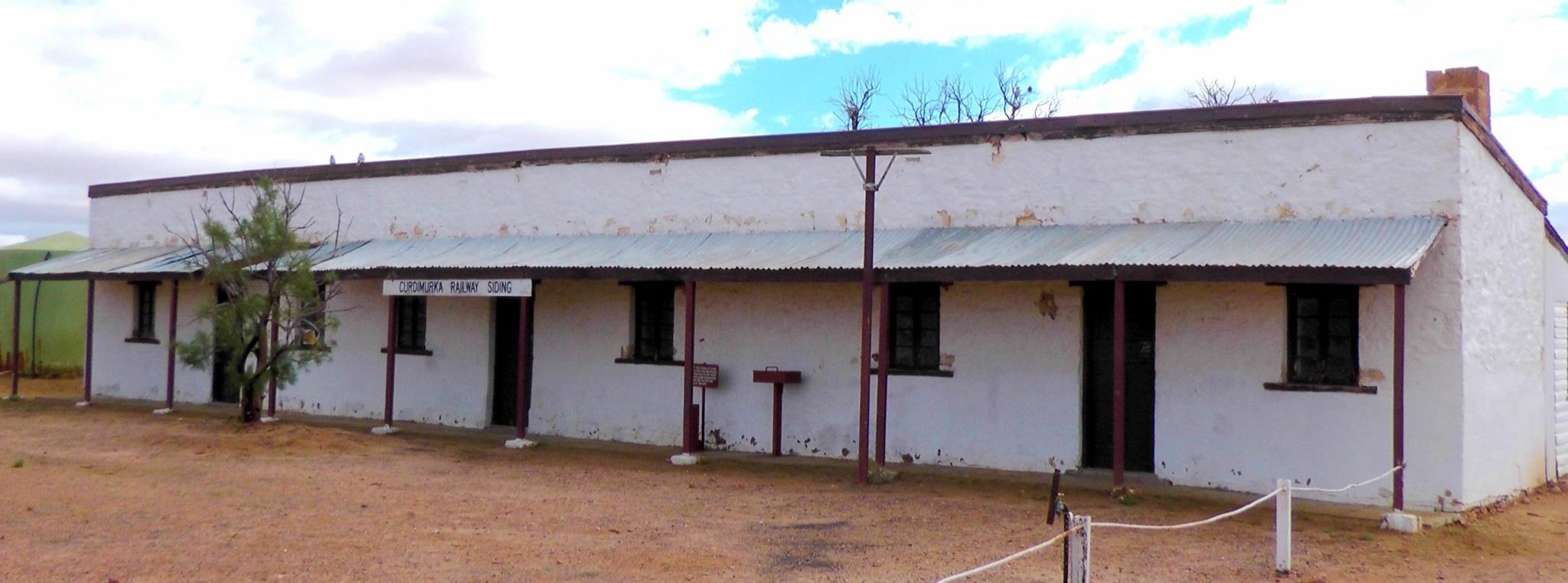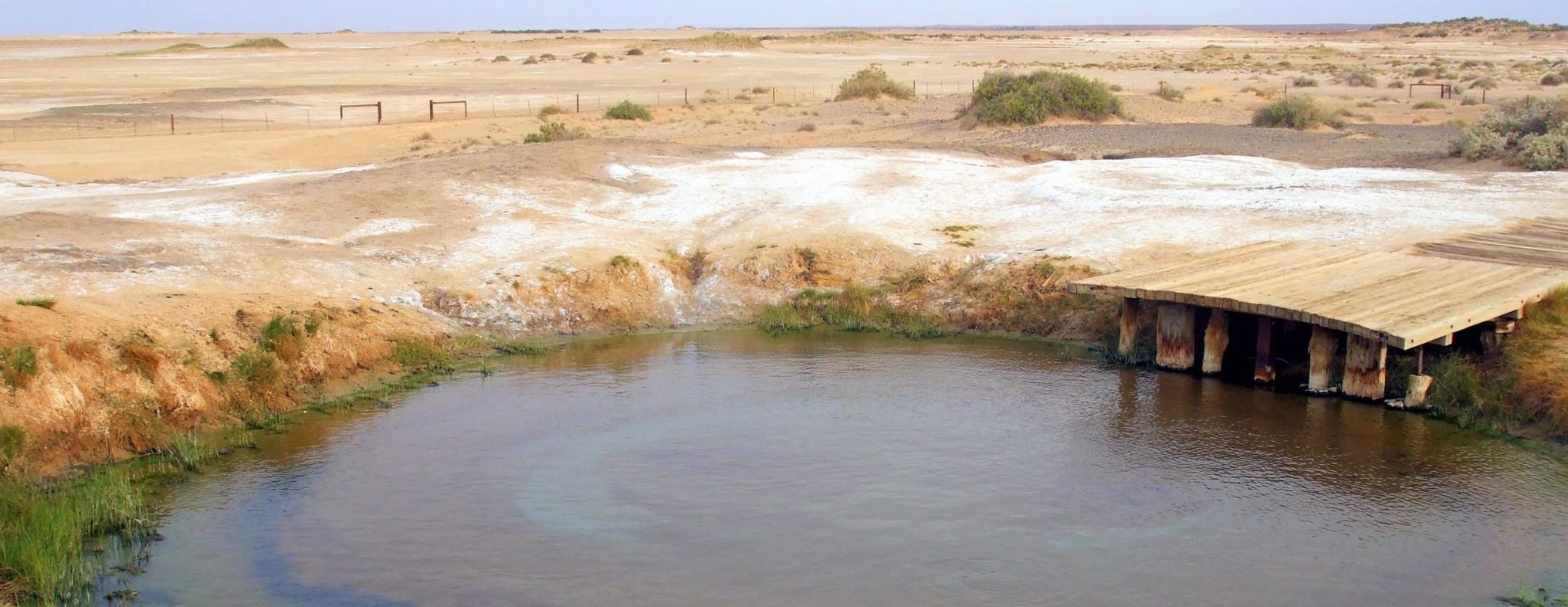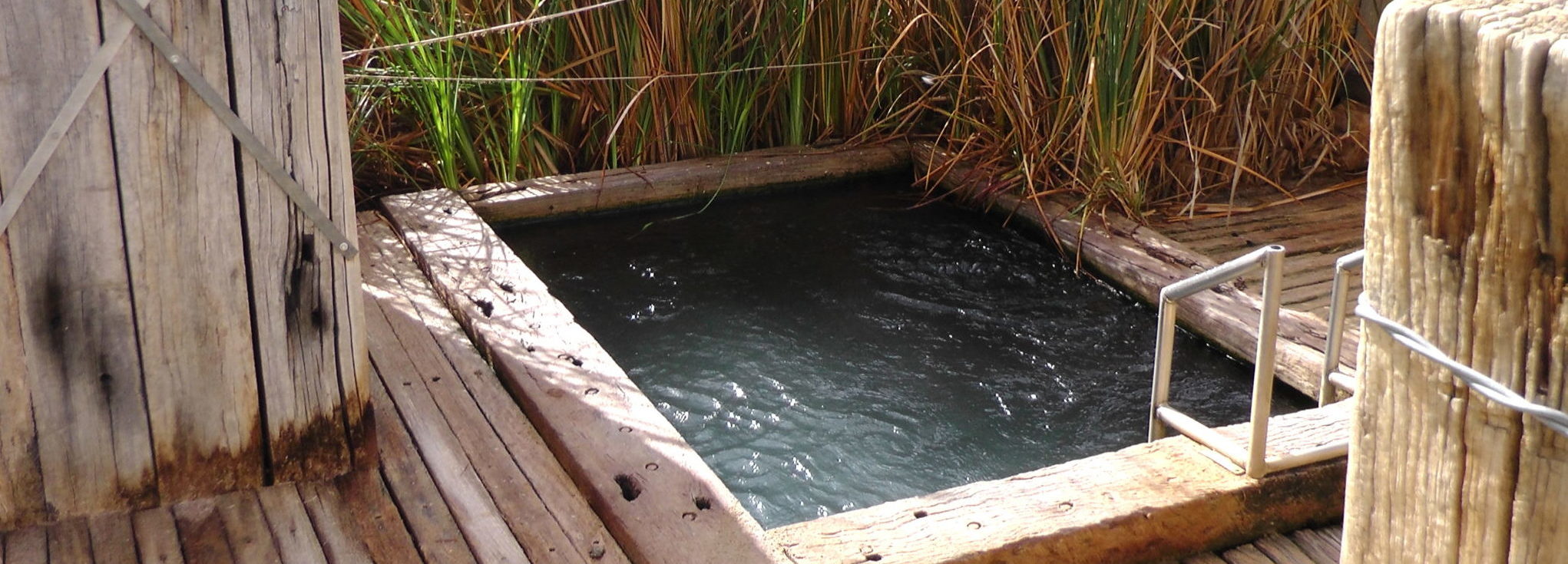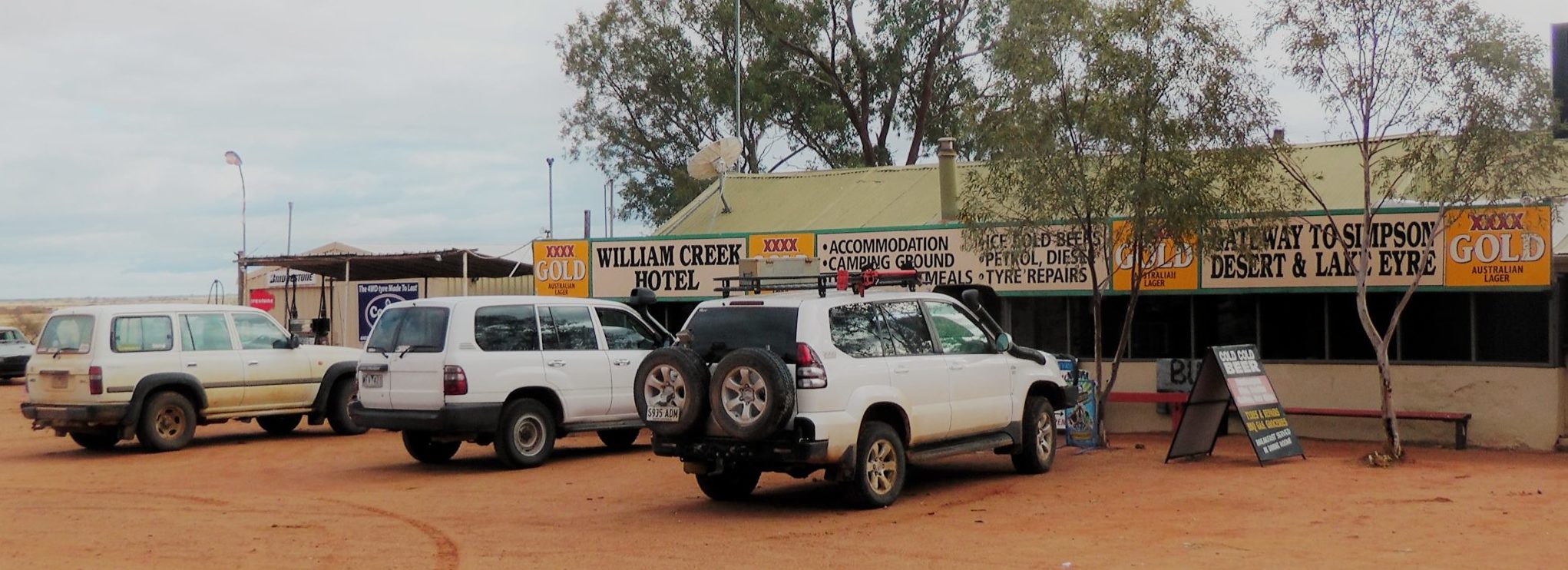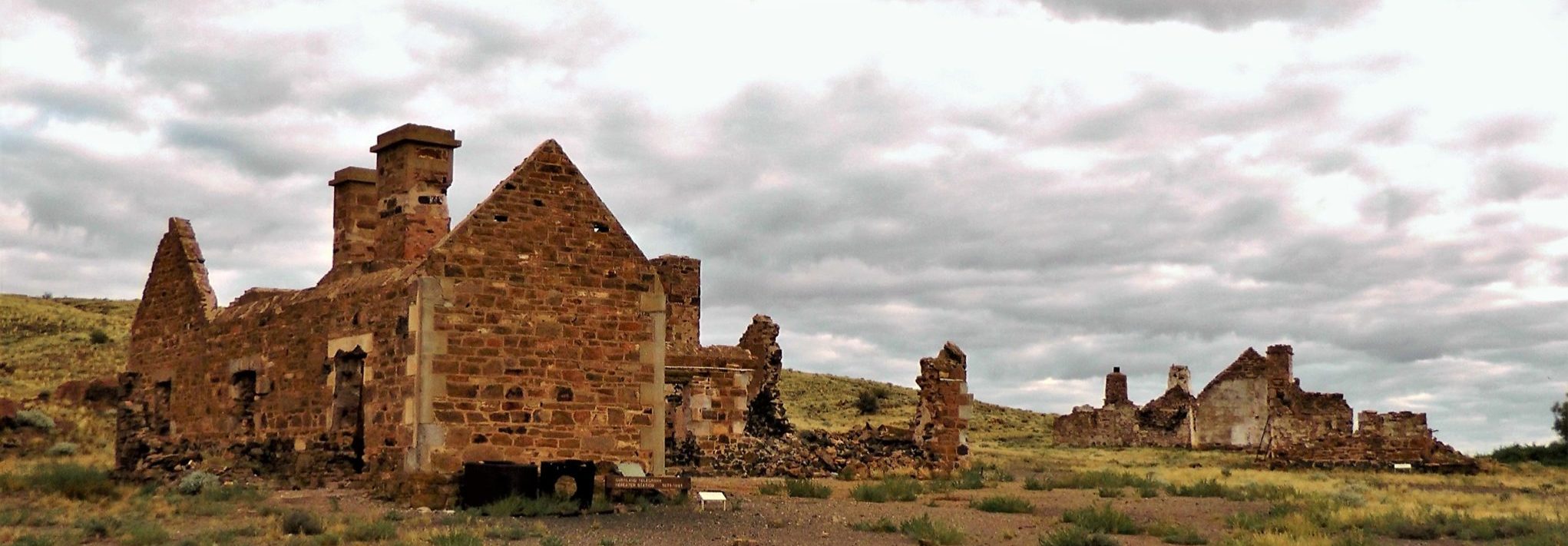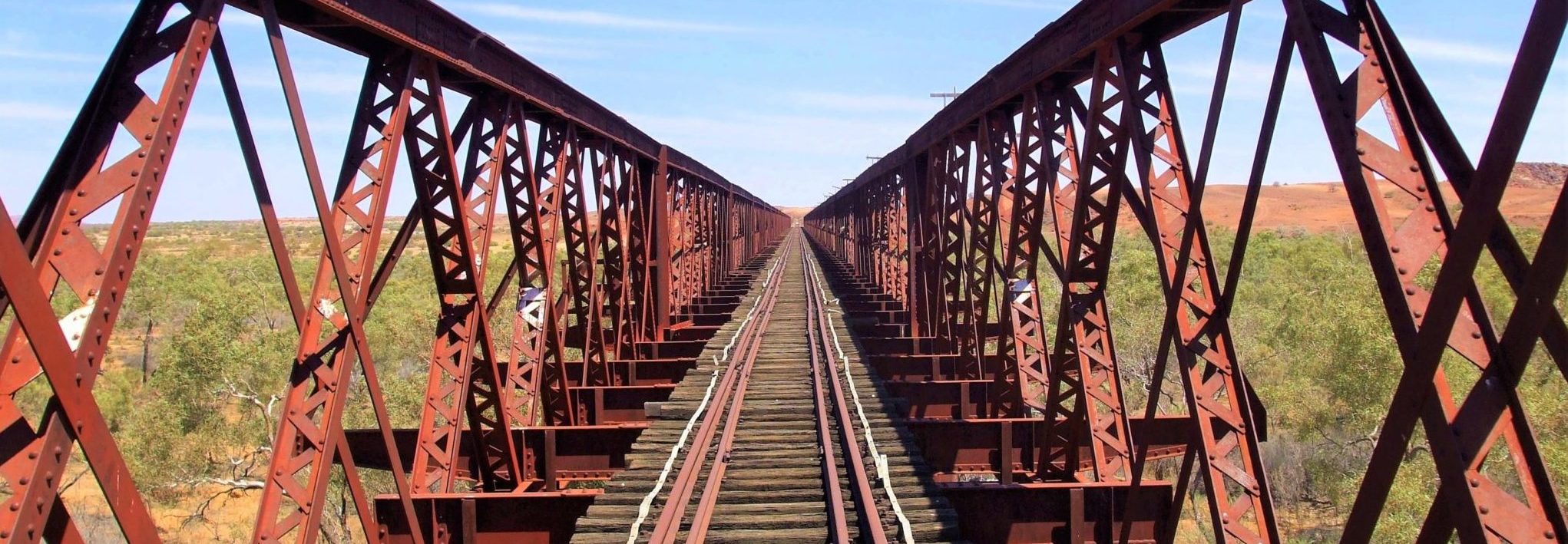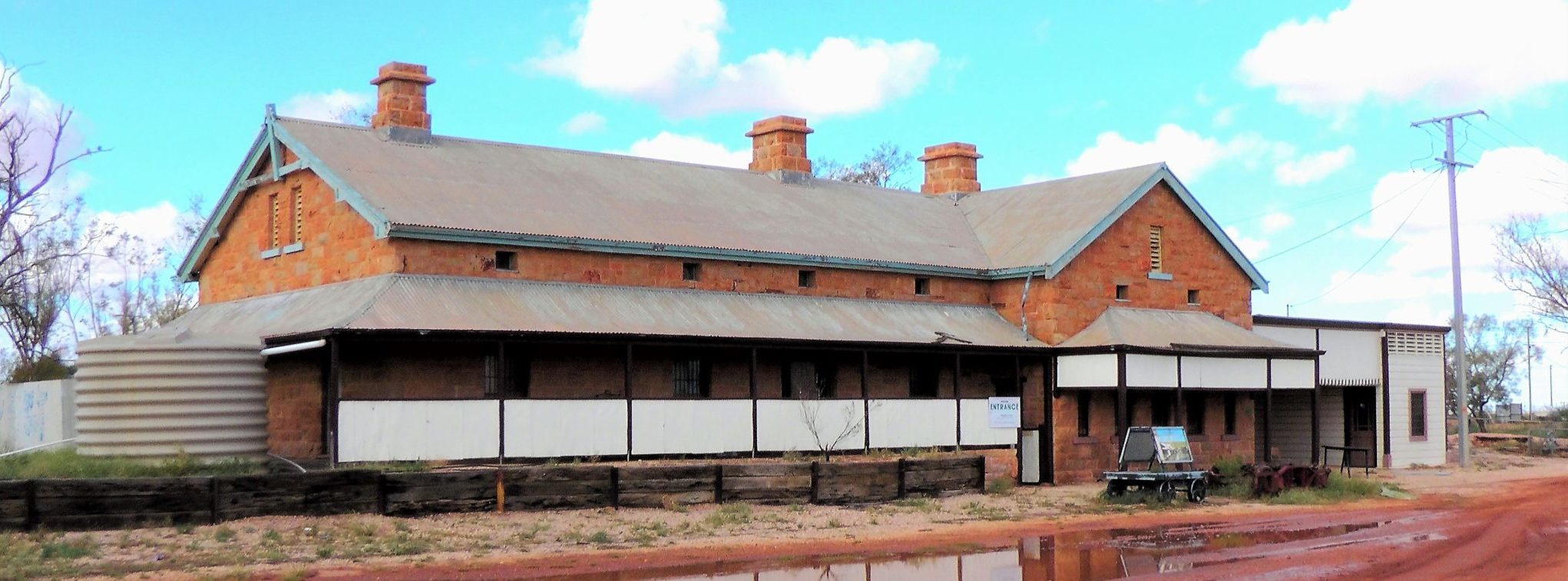By John Pedler
Published: Tuesday, April 23, 2019
Before the Oodnadatta Track existed – in fact, well before Europeans were on the scene at all – this was an Aboriginal trading route which followed a series of springs fed by the Great Artesian Basin.
To cut an extremely long story short, rain falling on the Great Dividing Range takes a million or so years to travel half way across the country via an underground aquifer – porous rock sandwiched between layers of non-porous rock. Where the aquifer bends up to meet the earth’s surface, the water is released as springs. Water means life, because you can’t survive in the desert on lizards alone.
These springs proved vital for early explorers and settlers, and this became the main route north. Then came the overland telegraph, connecting Australia with England, followed by the Great Northern Railway – later the Ghan – and finally the Oodnadatta Track as we know it today.
Even with its springs and delicious lizards, this is still a considerably hostile place. The outback heat can be brutal, and many months – sometimes years – can pass without significant rain. Yet, ironically, it was flash flooding of the waterways draining into Lake Eyre that often brought the train to a halt.
